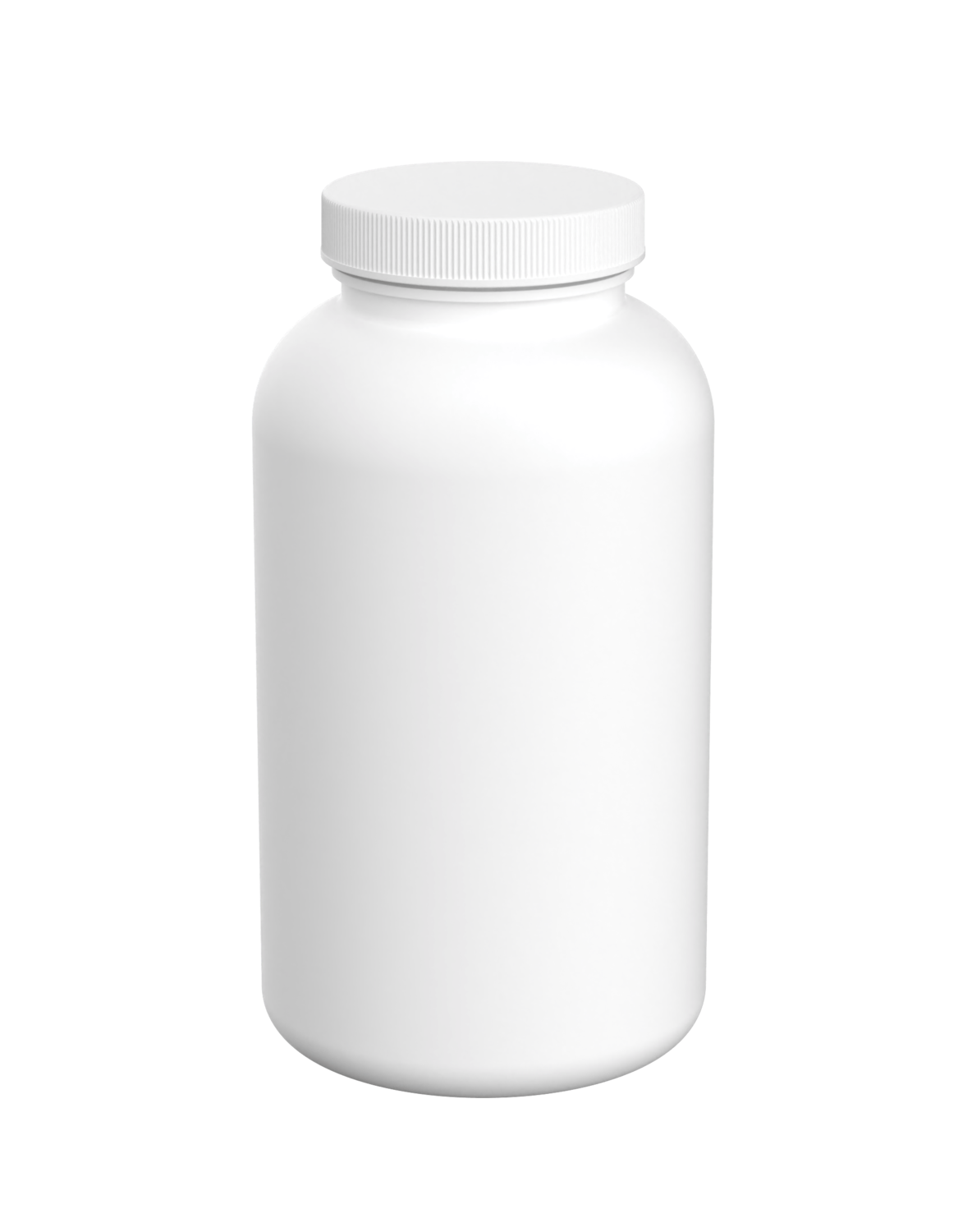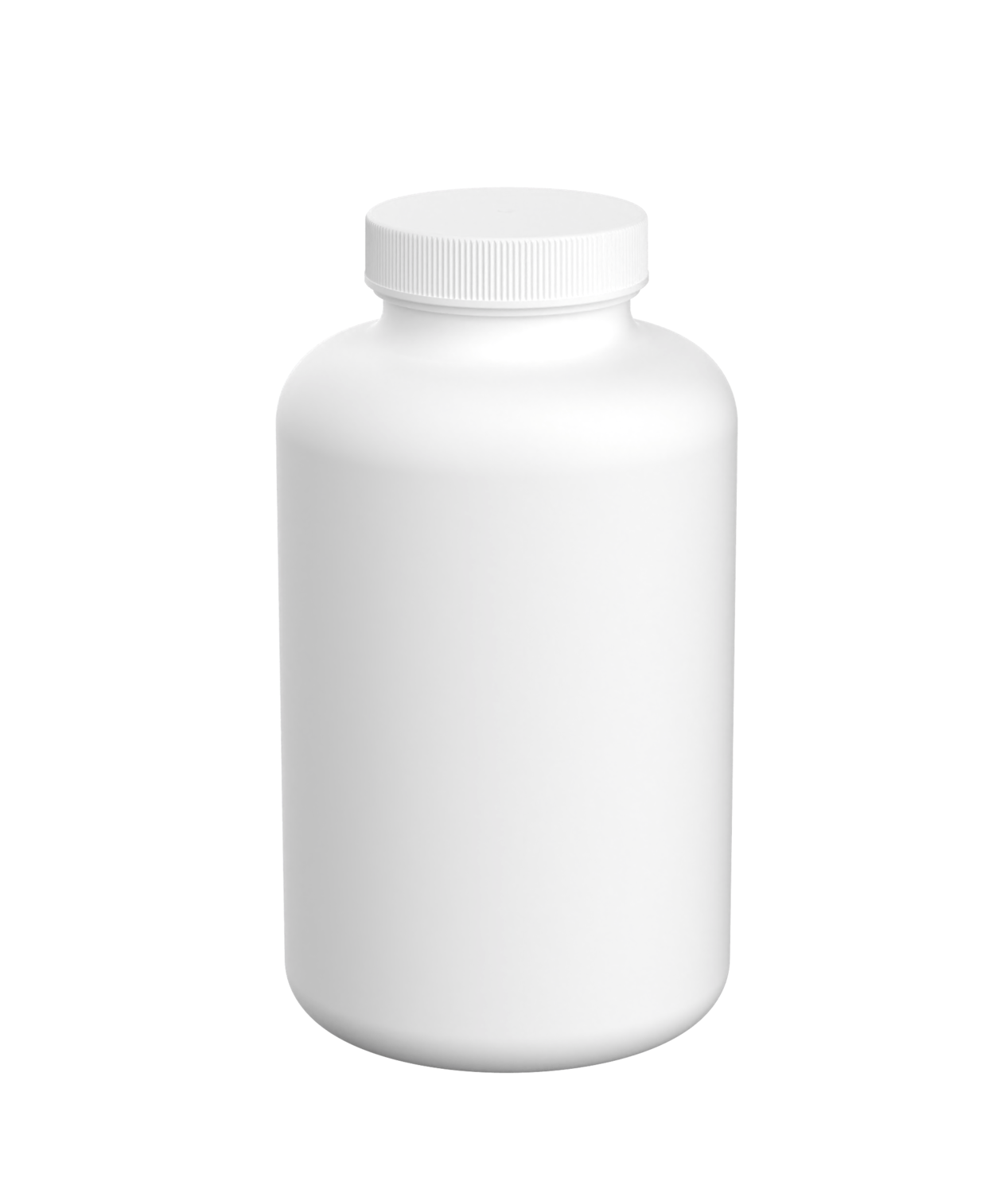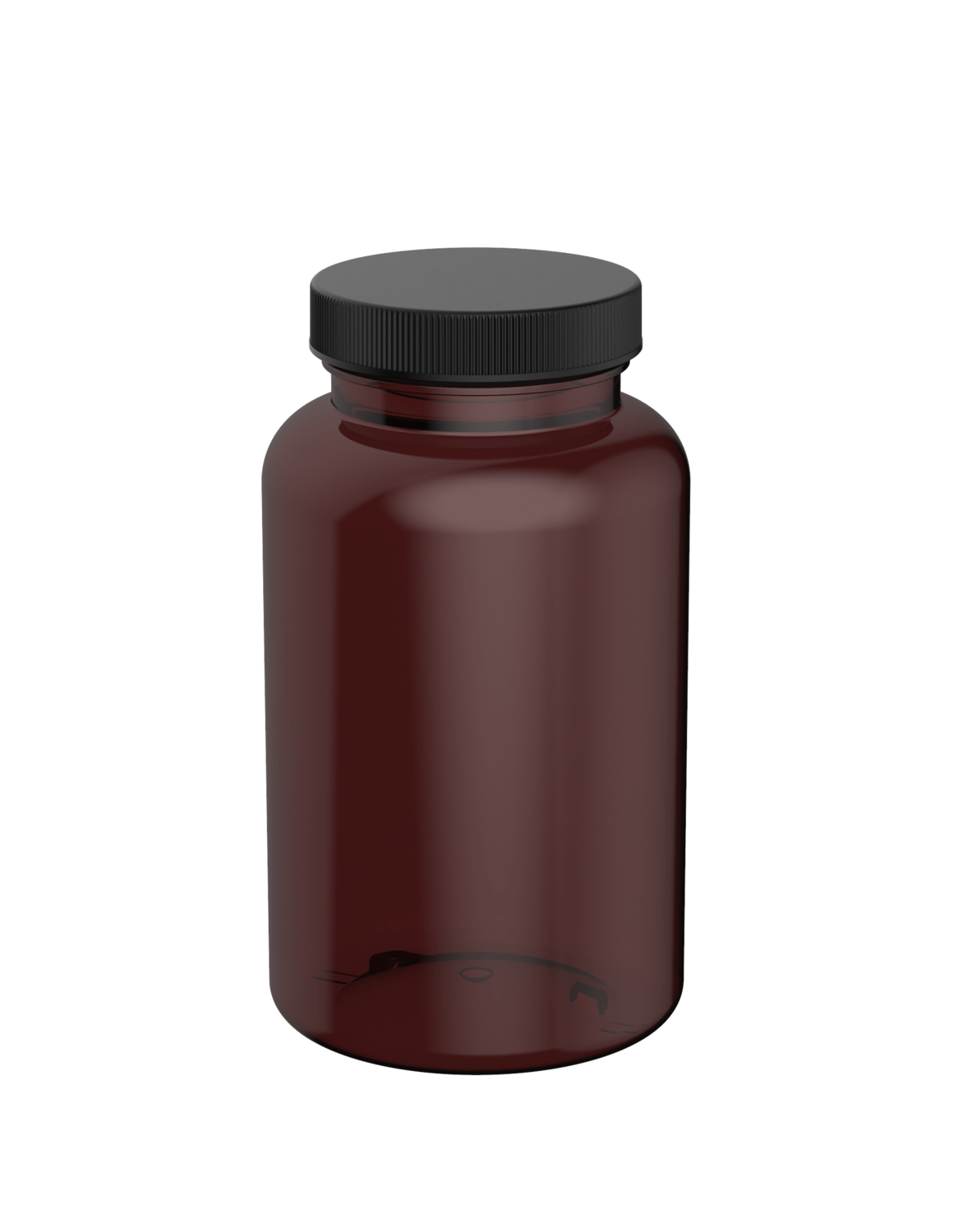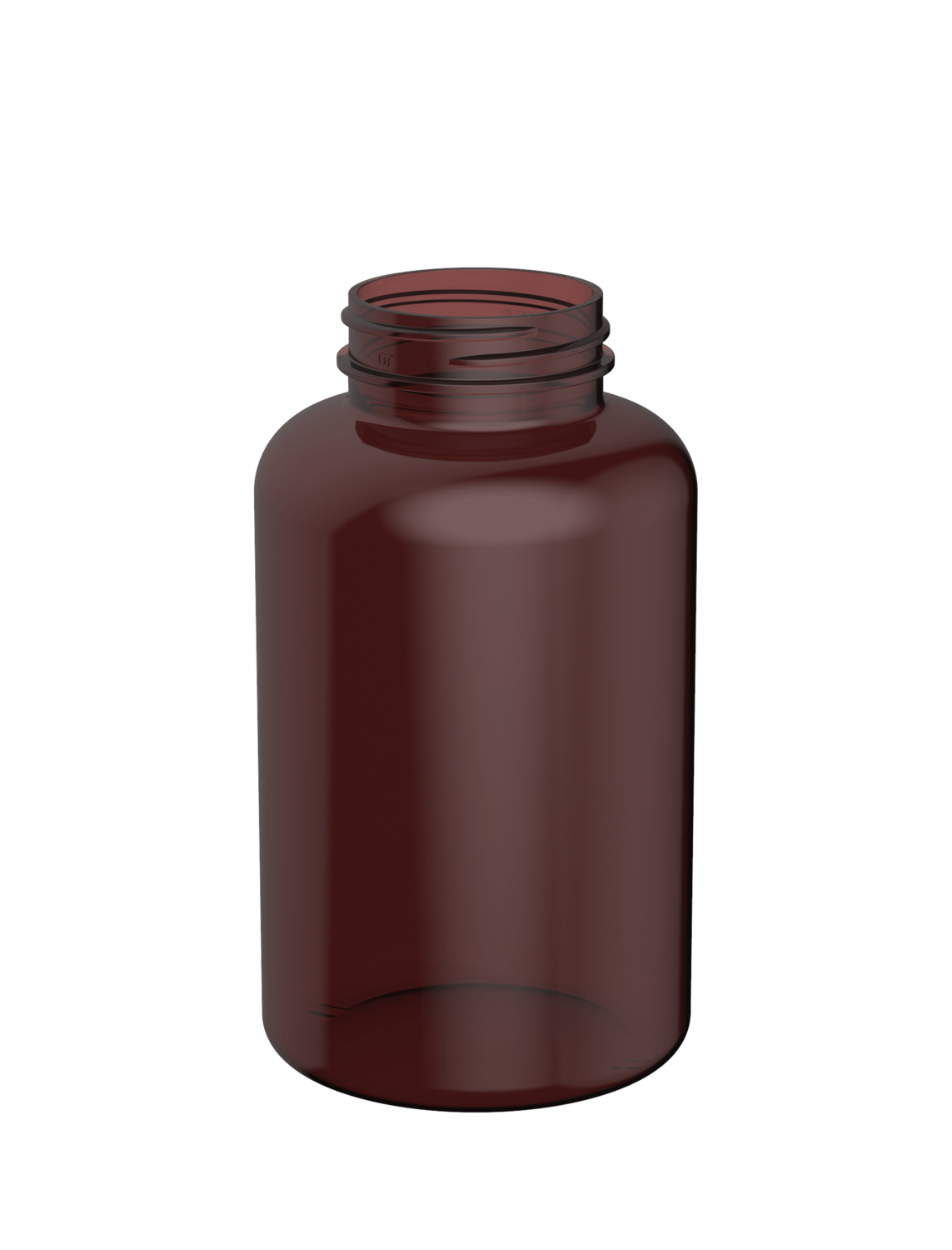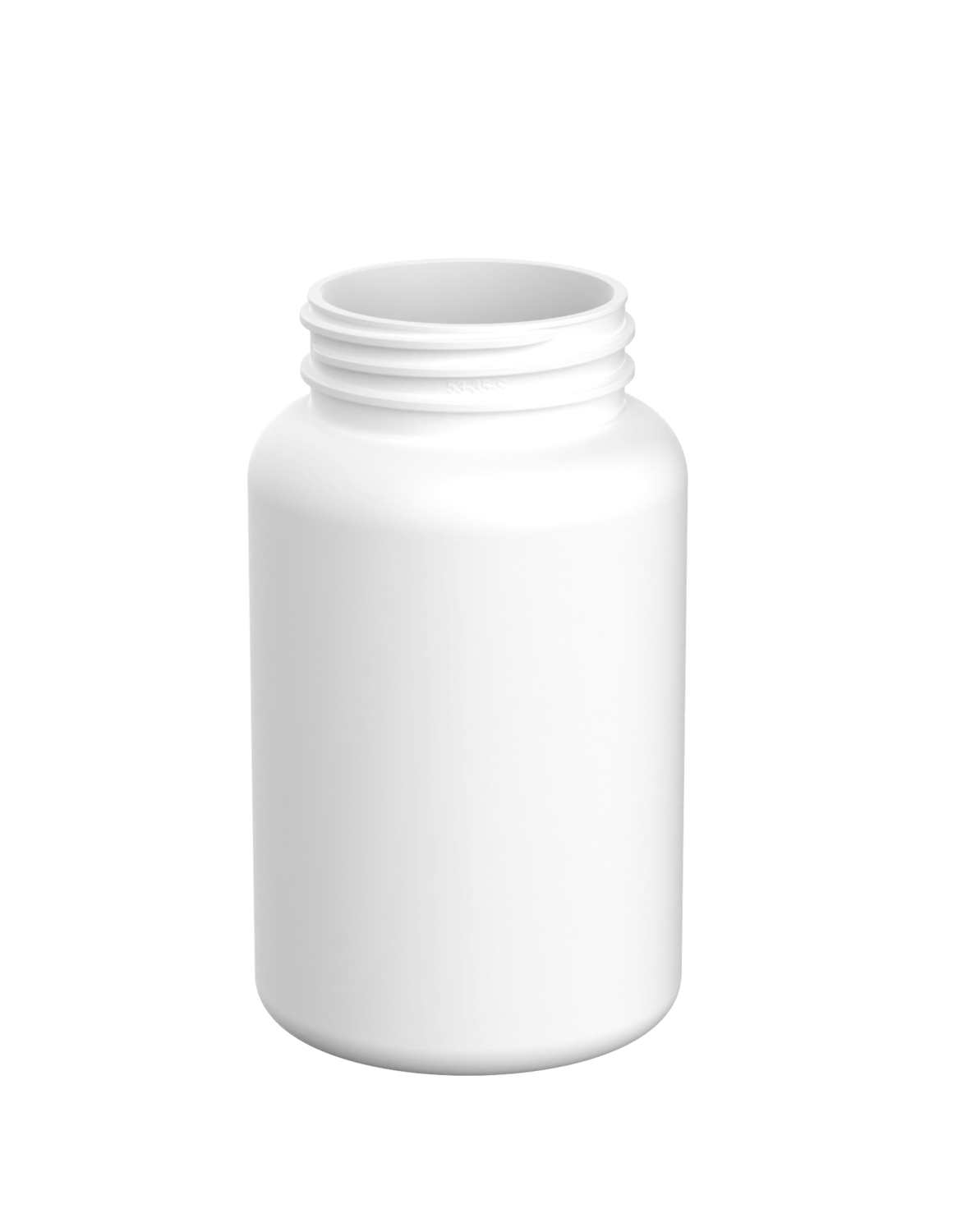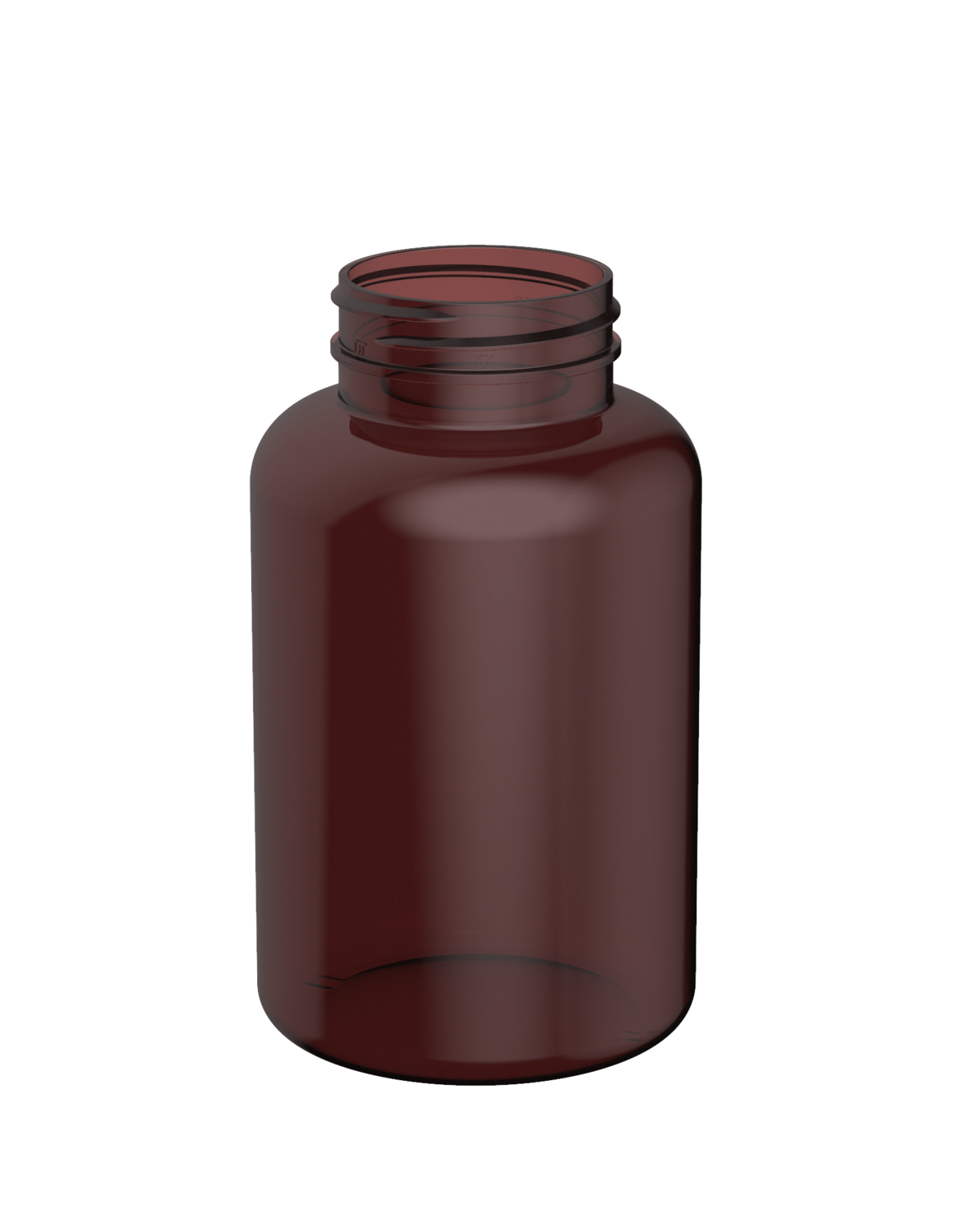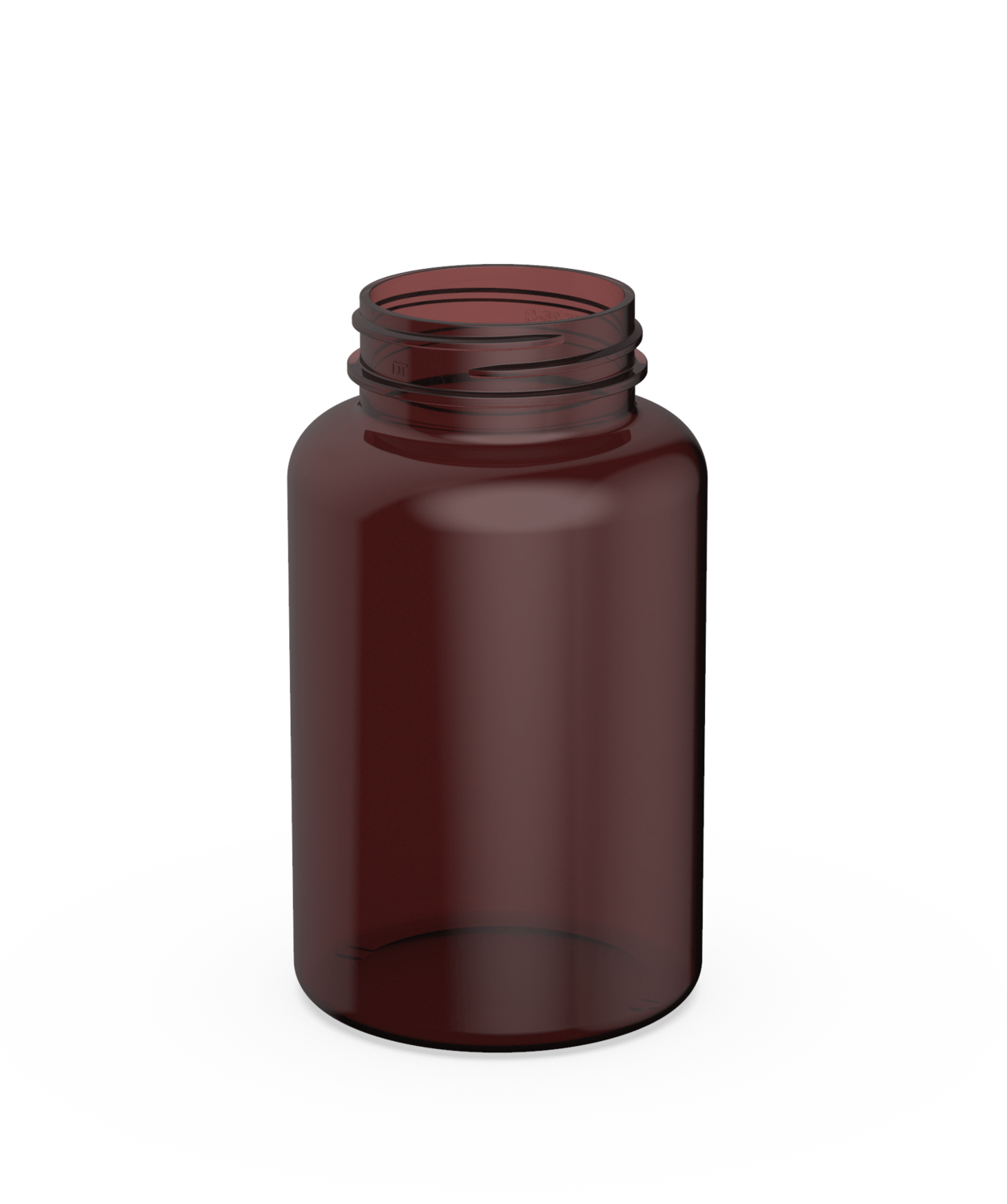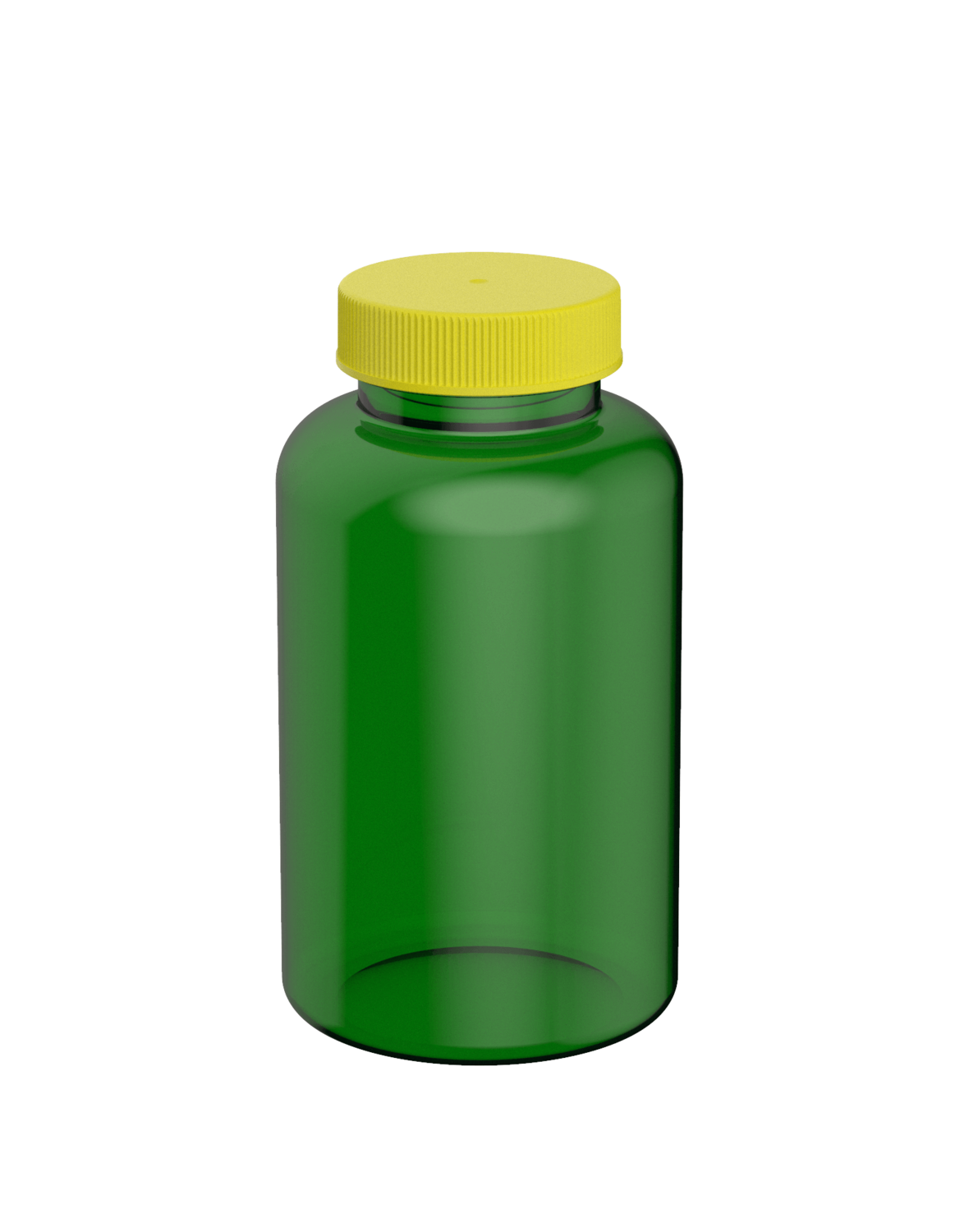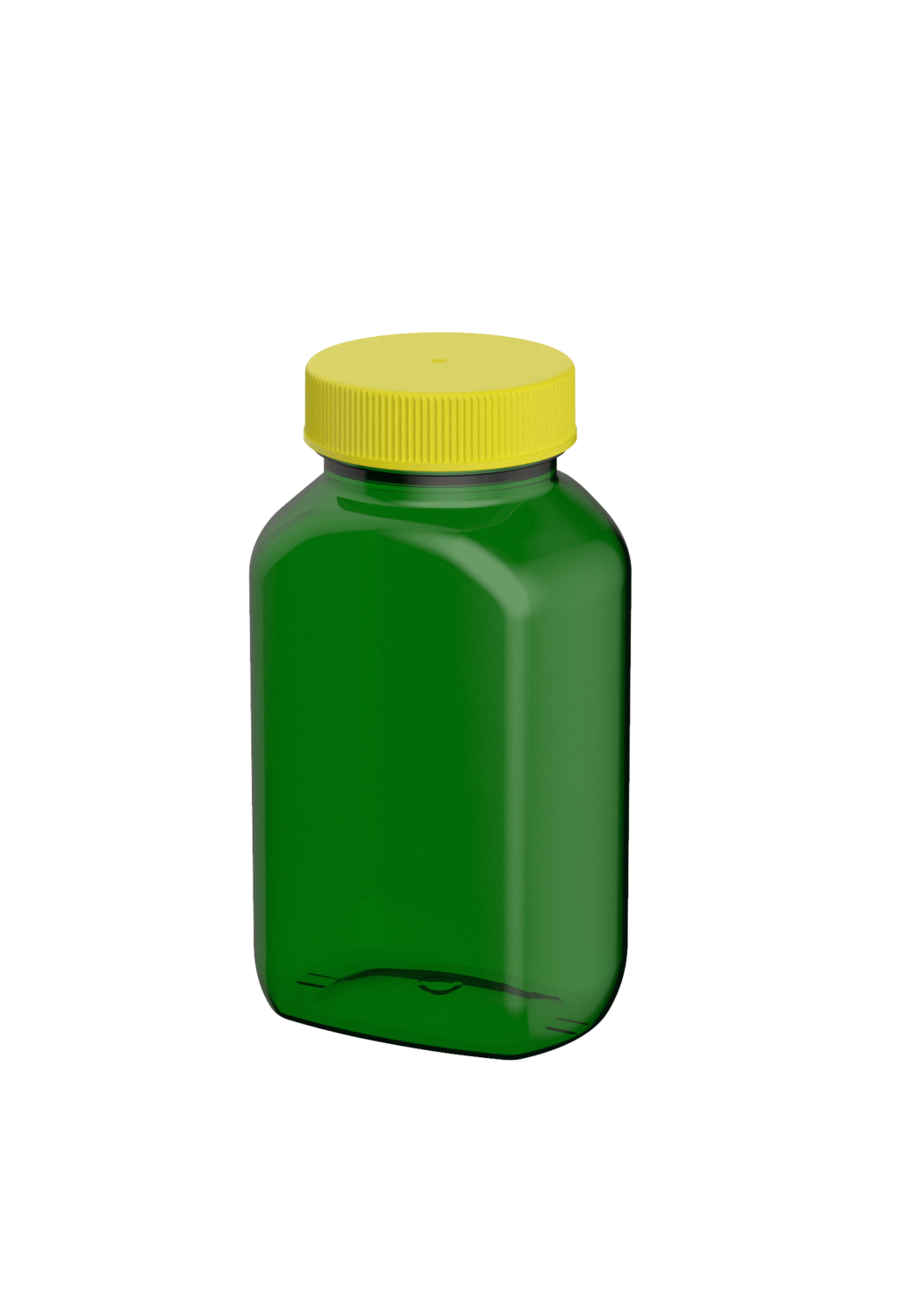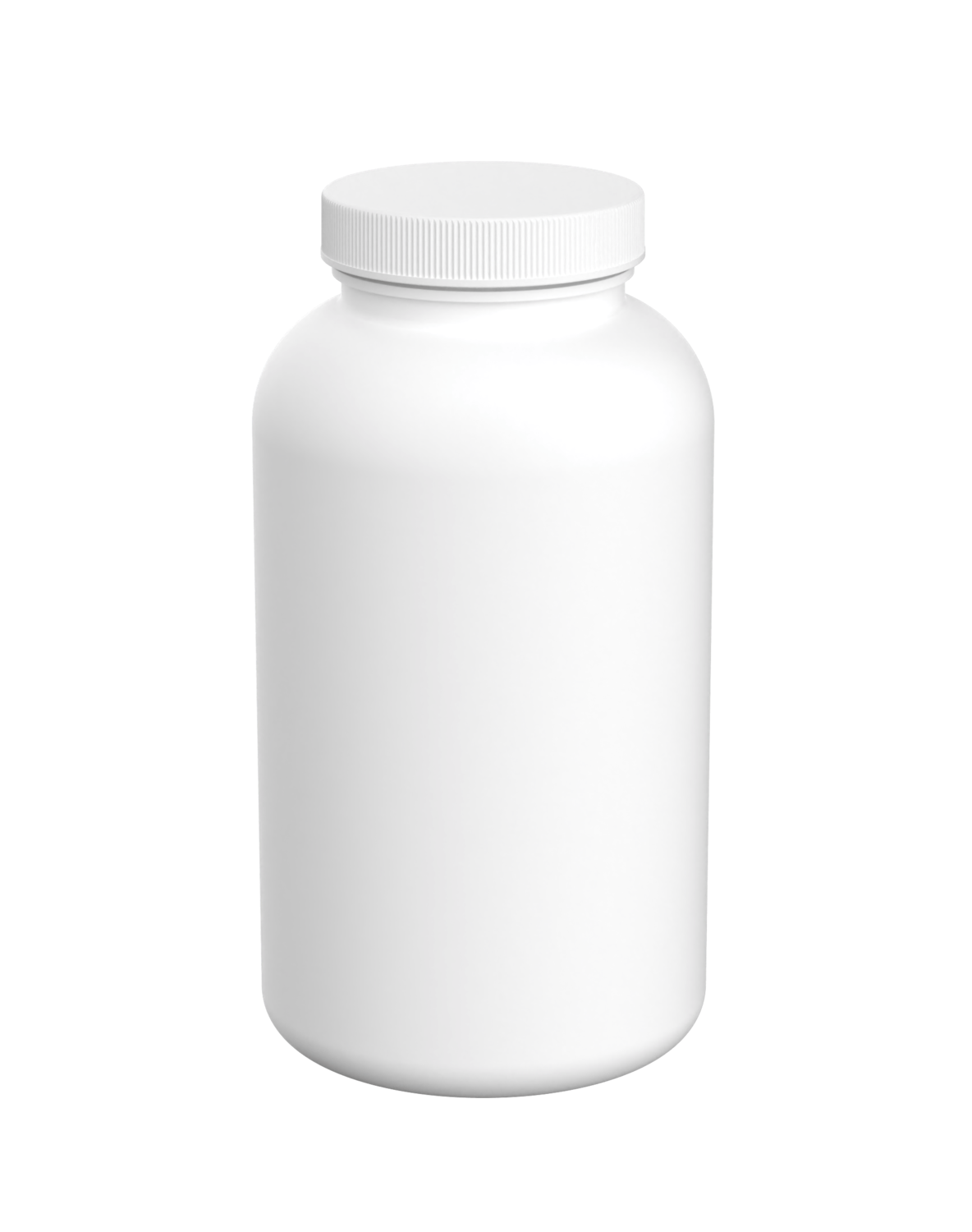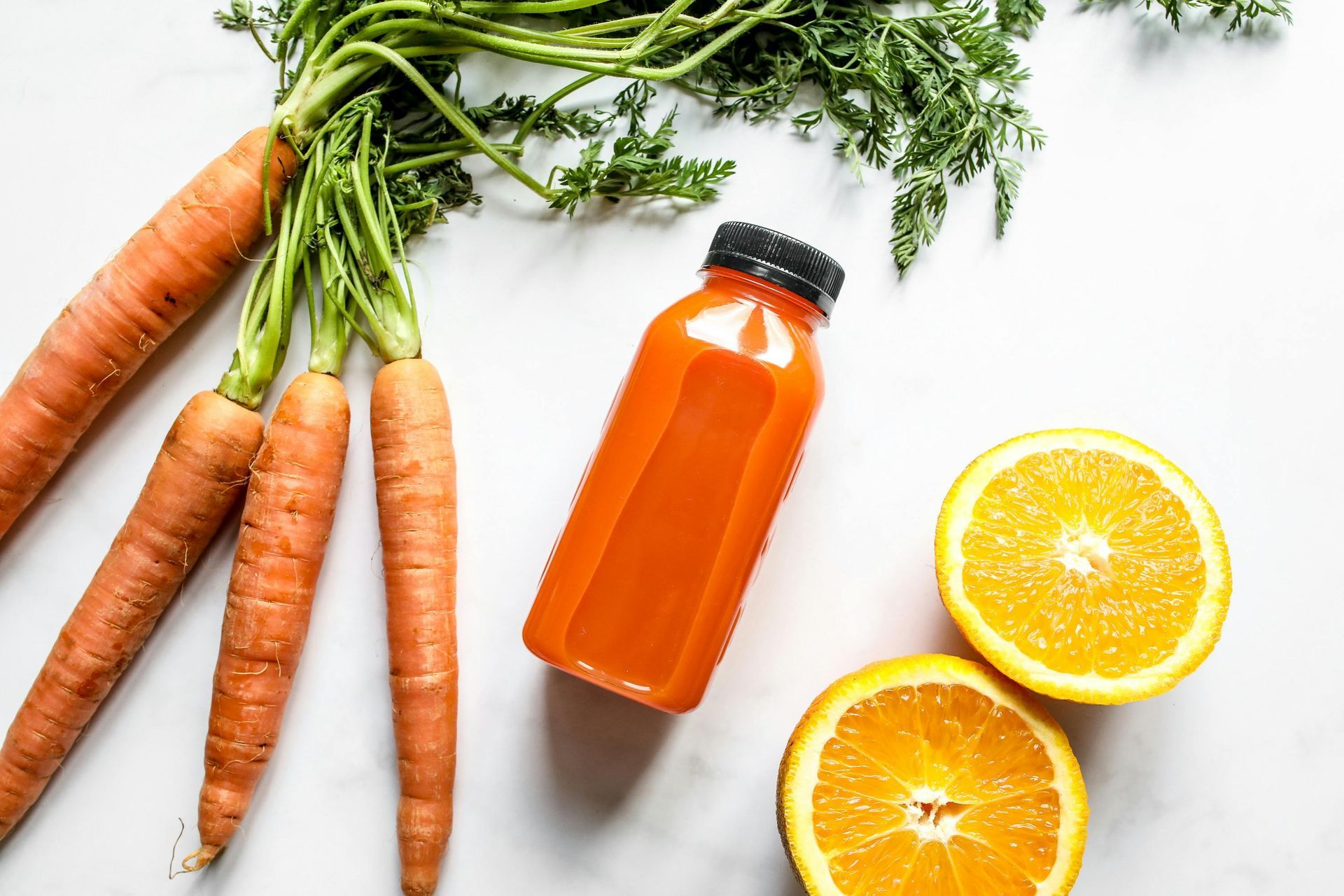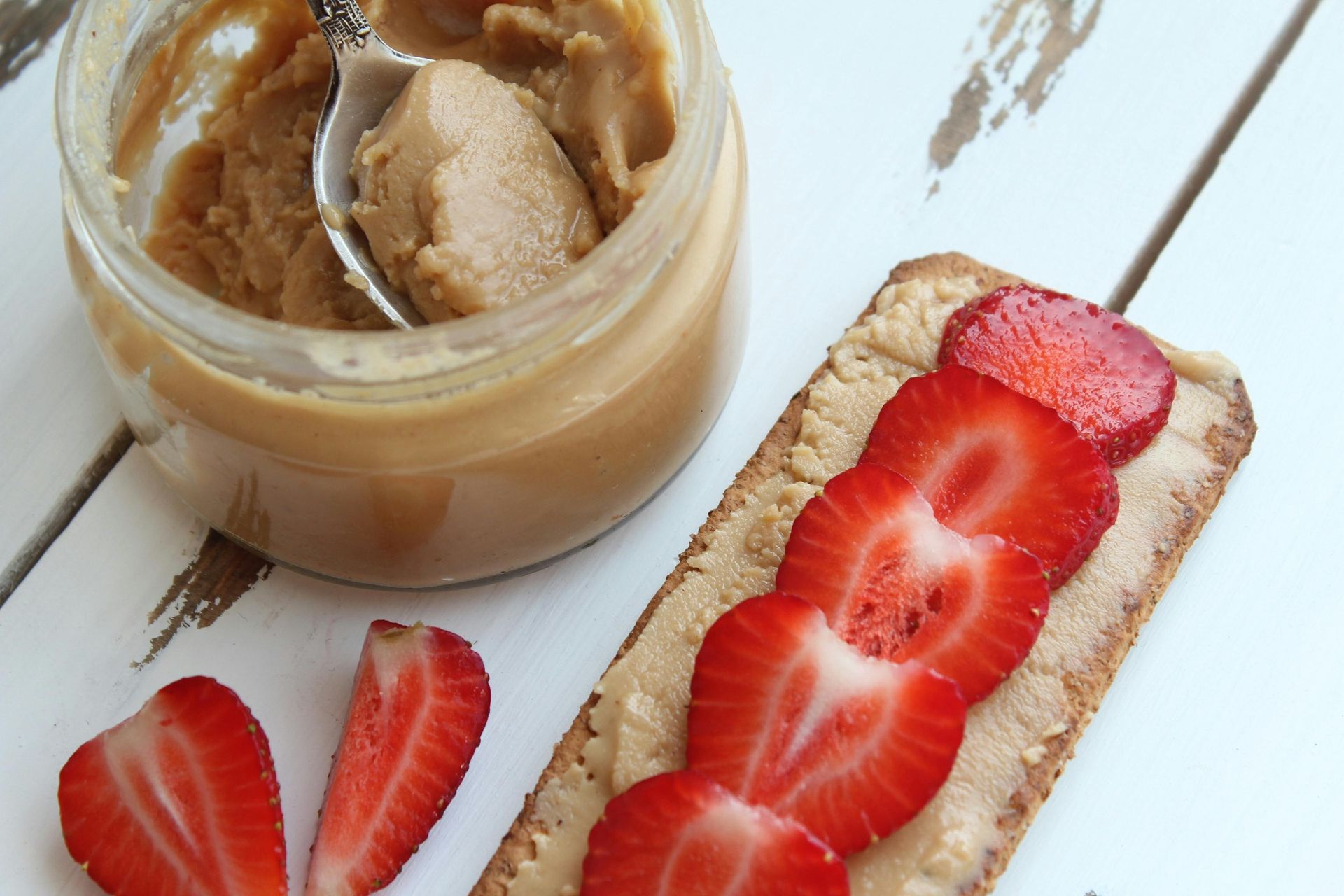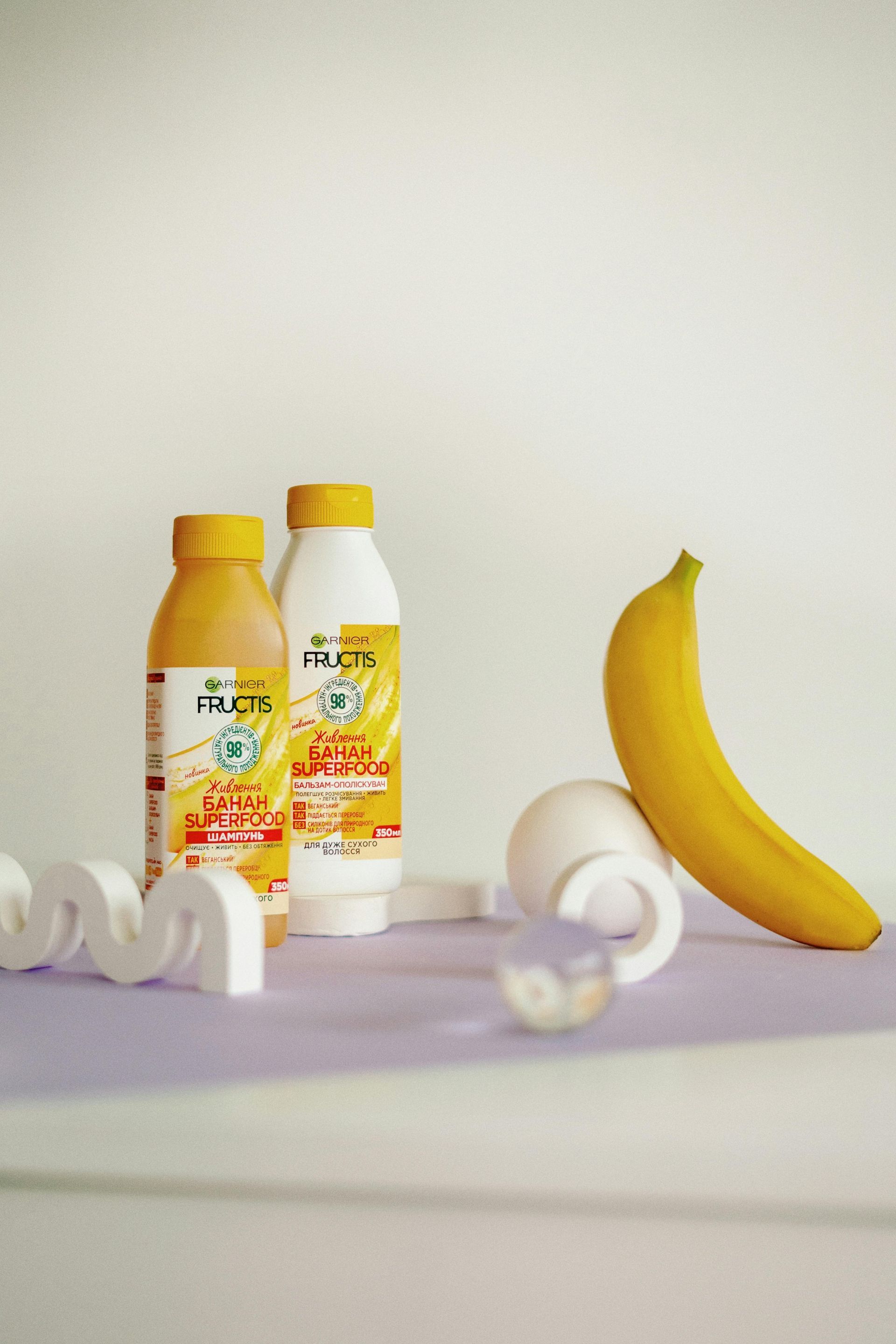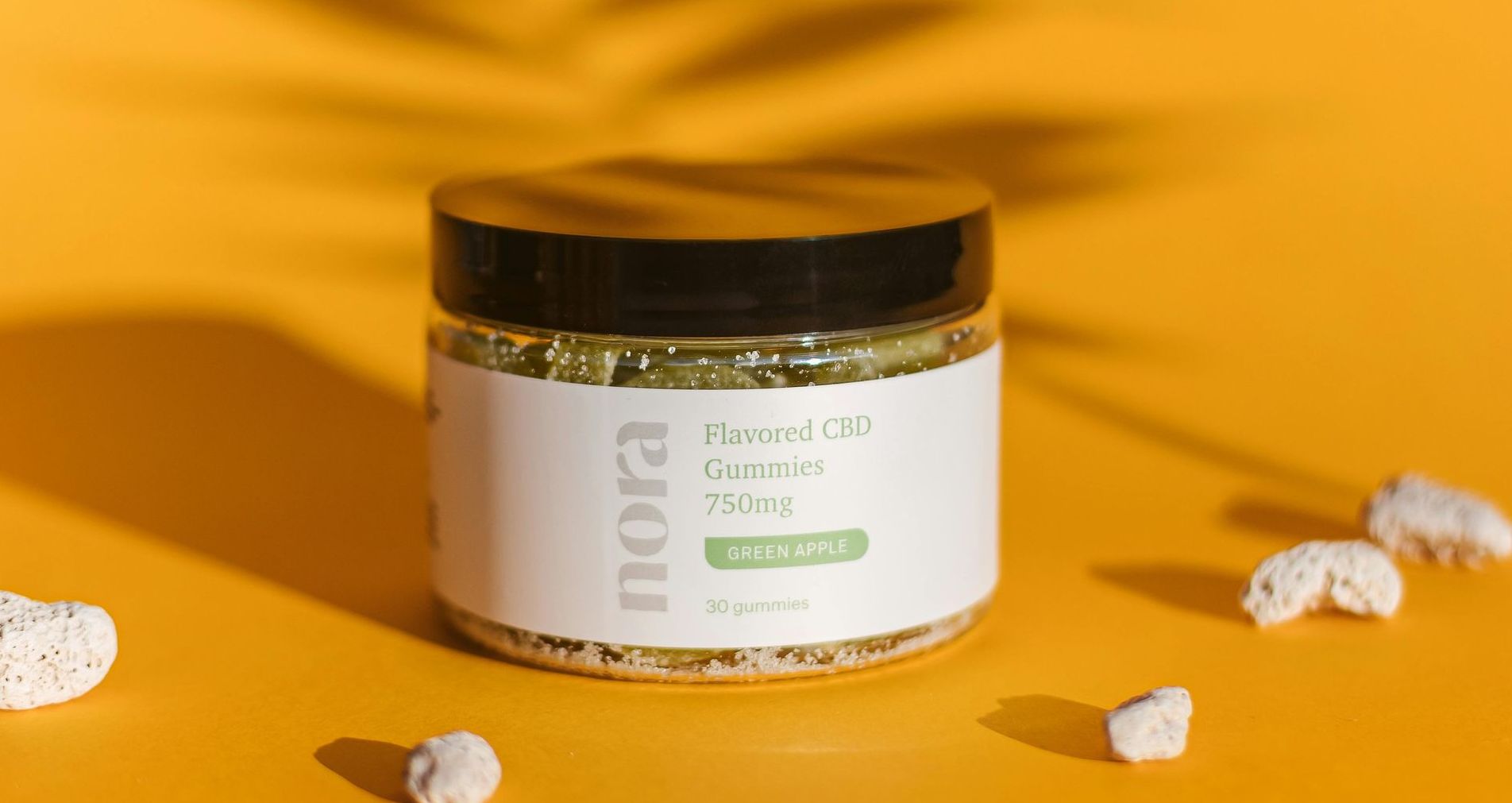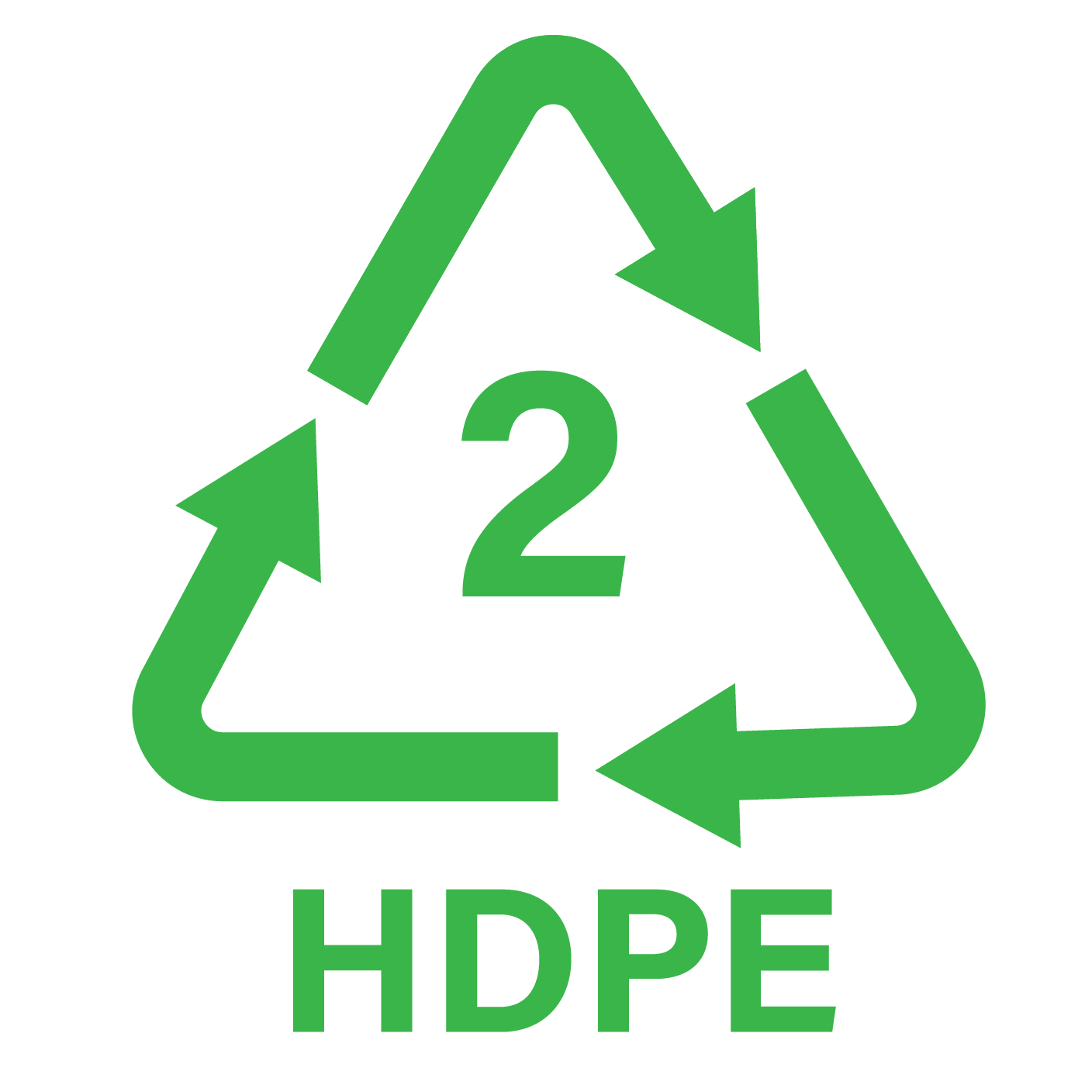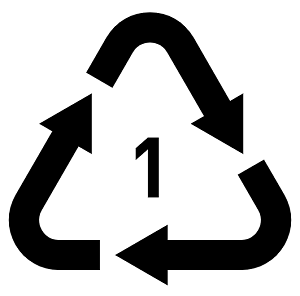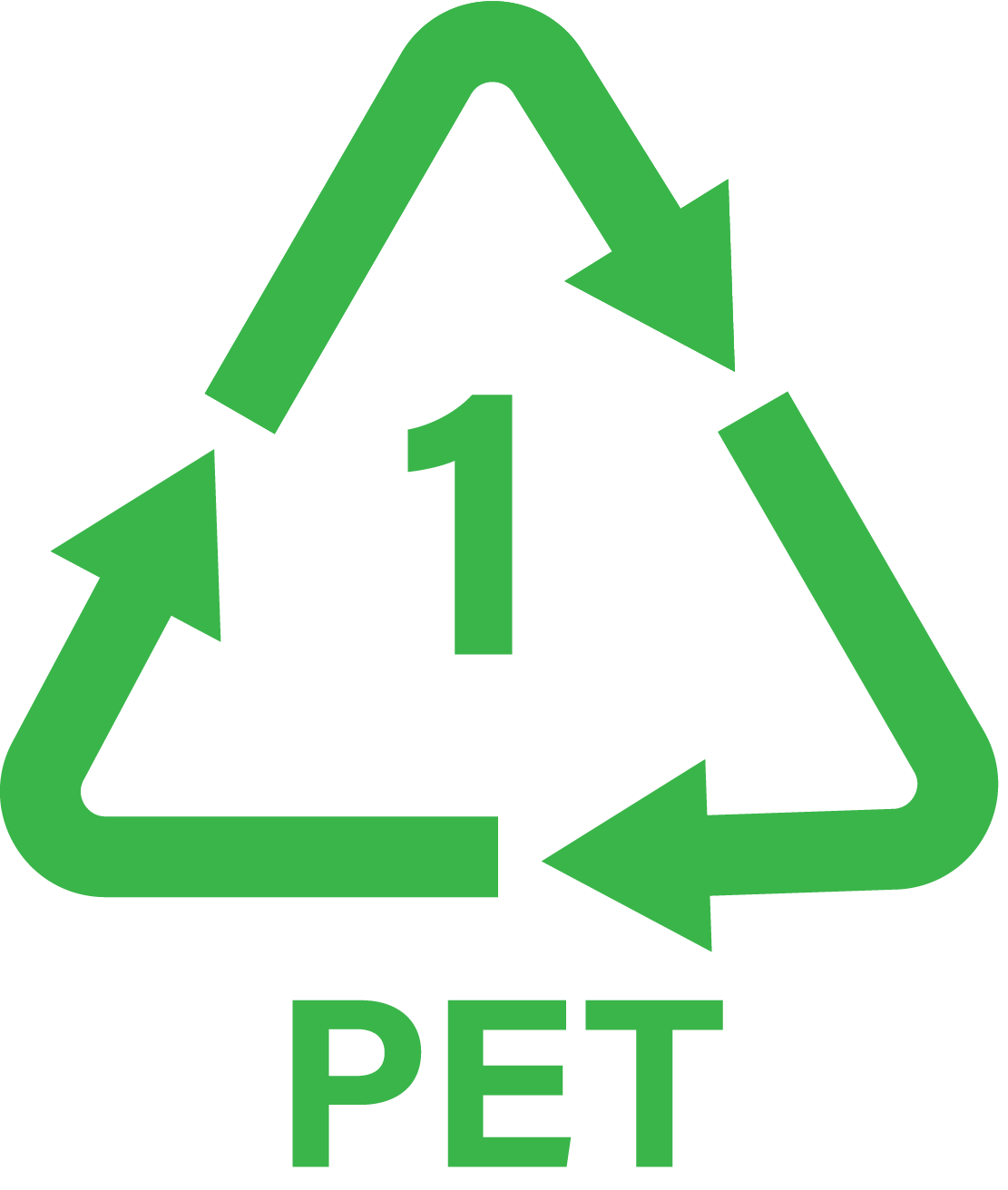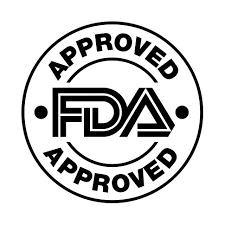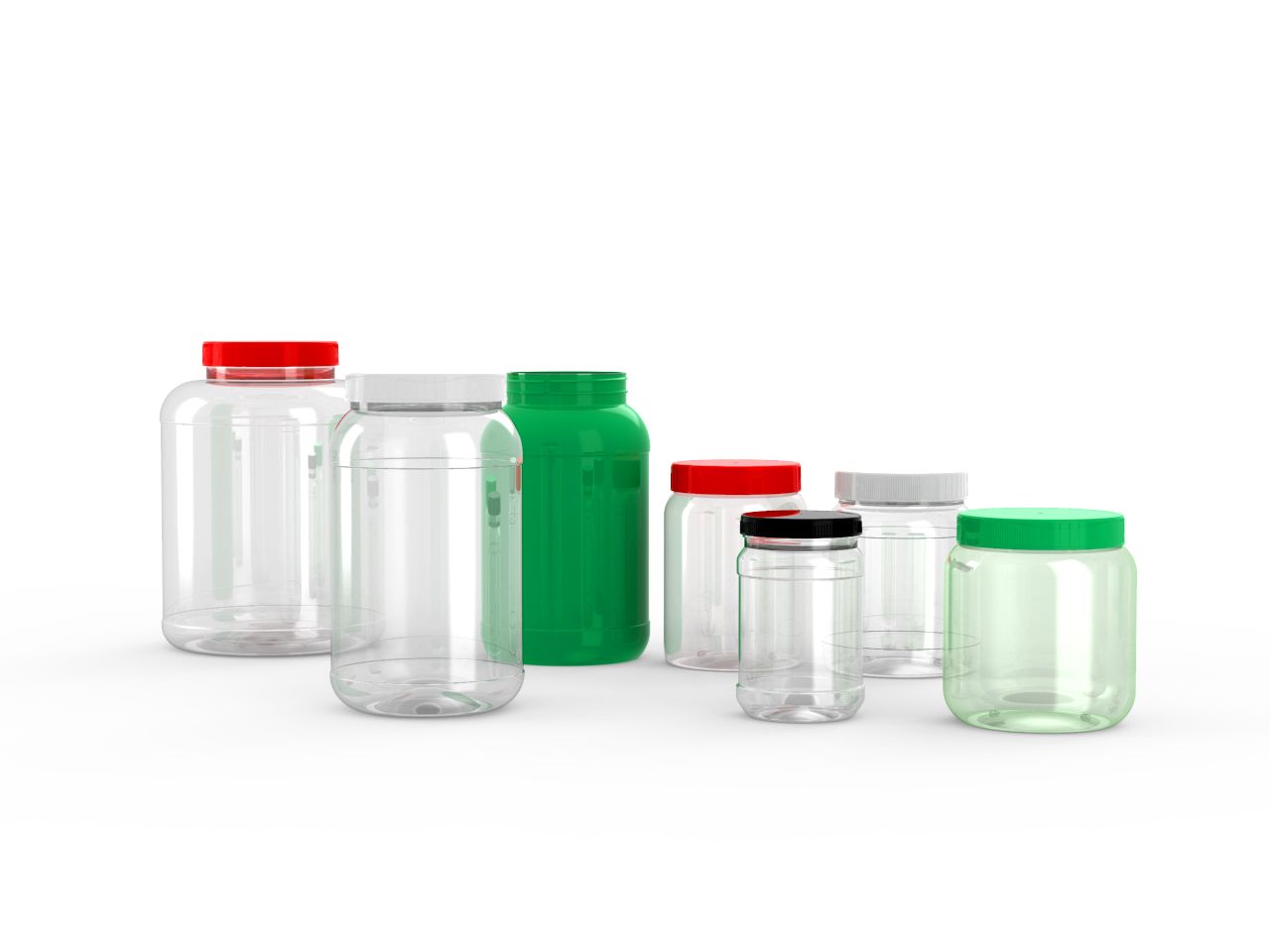The Role of PET, HDPE, and rPET in Pharmaceutical Packaging
Pharmaceutical Packaging 101

In the pharmaceutical industry, packaging plays a crucial role in ensuring the safety, integrity, and effectiveness of products. Among the various materials used, PET (Polyethylene Terephthalate), HDPE (High-Density Polyethylene), and rPET (recycled PET) stand out due to their unique properties and benefits.
This article explores these materials, their applications in pharmaceutical packaging, tamper-evident options, and relevant FDA regulations, along with an overview of rPET usage regulations across different US states.
PET (Polyethylene Terephthalate)
PET is a popular choice for pharmaceutical packaging due to its excellent clarity, strength, and barrier properties against moisture and gases. It is commonly used in the production of bottles, blister packs, and containers. The material's transparency allows for easy visual inspection of the product, while its robustness ensures protection during transportation and storage.
HDPE (High-Density Polyethylene)
HDPE is another widely used material in pharmaceutical packaging. Known for its high strength-to-density ratio, HDPE is less transparent than PET but offers superior resistance to impact and chemicals. This makes it ideal for packaging products that require extra protection from physical damage or contamination. HDPE is often used for larger containers, such as jugs and bottles, particularly for liquid medications.
rPET (Recycled PET)
rPET is gaining traction as a sustainable alternative in pharmaceutical packaging. By recycling PET, the industry can reduce its environmental footprint. rPET retains most of the properties of virgin PET, making it suitable for similar applications. However, using rPET in pharmaceutical packaging requires strict adherence to quality and safety standards to ensure there is no compromise in product safety.
Tamper-Evident Packaging
Tamper-evident packaging is a critical aspect of pharmaceutical packaging, designed to provide visible evidence if the packaging has been opened or altered. Some common tamper-evident features include:
- Seals and Bands: Plastic or foil seals and bands around bottle necks that break upon opening.
- Breakaway Caps: Caps that must be broken or removed in a way that indicates tampering.
- Blister Packs: Individual packaging for pills that show clear signs if compromised.
- Shrink Wrap: Plastic films that shrink tightly over packaging and cannot be removed without obvious damage.
These features not only enhance the security of the product but also build consumer trust by ensuring the integrity of the medication.
FDA Regulations for Pharmaceutical Packaging
The FDA has stringent regulations for pharmaceutical packaging to ensure product safety and efficacy. Key regulations include:
- 21 CFR Part 211: Good Manufacturing Practices for Finished Pharmaceuticals, which includes guidelines on the design and control of packaging processes.
- 21 CFR Part 820: Quality System Regulation for medical devices, applicable to certain pharmaceutical packaging.
- 21 CFR Part 211.94: Specific requirements for the tamper-evident packaging of certain over-the-counter (OTC) human drug products, ensuring they are not accessible without visible evidence of tampering.
These regulations ensure that packaging materials, including PET, HDPE, and rPET, do not react with the contents, maintain product quality, and prevent contamination.
rPET Usage Regulations Across US States
The adoption of rPET in packaging varies across the US, with different states implementing specific regulations to promote the use of recycled materials:
- California: California has set ambitious targets, requiring that plastic beverage containers, including those used for pharmaceuticals, contain at least 25% rPET by 2025 and 50% by 2030.
- New York: New York mandates that certain plastic containers must include a minimum of 25% post-consumer recycled content by 2025.
- Washington: Washington state has similar regulations, aiming for a gradual increase in the use of rPET, targeting 15% by 2025 and 25% by 2030.
These regulations are part of broader efforts to reduce plastic waste and promote sustainability in packaging.
Summing Up Plastic Pharmaceutical Packaging
The use of PET, HDPE, and rPET in pharmaceutical packaging offers a blend of safety, durability, and environmental responsibility. With stringent FDA regulations and increasing state mandates on the use of recycled materials, the pharmaceutical industry is moving towards more sustainable practices while ensuring the highest standards of product safety and integrity. Tamper-evident features further enhance the security of pharmaceutical products, providing peace of mind to consumers and protecting public health.
Plascene's Pharmaceutical Bottles
We have the capability to create completely customized preform designs that are tailored to your specific requirements, encompassing unique shapes, forms, fill levels, and branding elements. Our team of experts is dedicated to delivering preforms that not only meet but exceed your expectations, ensuring a high level of precision and quality in every aspect of the design process.



